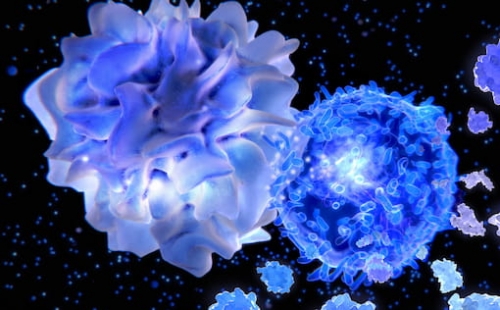
Interleukin-36 in hidradenitis suppurativa: evidence for a distinctive proinflammatory role and a key factor in the development of an inflammatory loop
March 29, 2018
This summary relates to https://doi.org/10.1111/bjd.16019
British Journal of Dermatology, 178, 761–767, March 2018
Summary
Scientists from Germany investigated whether a cytokine called interleukin-36 (IL-36) might be important in hidradenitis suppurativa (HS), a chronic, painful, disfiguring and offensive-smelling pustular skin disease that affects the armpits, groins, buttocks and breasts. A cytokine is a molecule produced by one cell that switches on other cells in some way - for example, activating immune system cells to home in on sites of damage, including damage from infection. This is a complex chain reaction or loop. If cytokines are produced when they should not be produced, instead of the immune system repairing damage or combating infection as it should, inappropriate inflammation such as that seen in HS can result. This study of skin samples from 15 patients with moderately severe or severe HS found elevated levels of all three subtypes of IL-36, mainly in the cells called keratinocytes: subtype IL-36α particularly in affected skin, IL-36β in skin around affected skin, and IL-36γ in both. It also demonstrated an imbalance of cytokines IL-37 and -38, which oppose the action of IL-36. These findings suggest that the immune system plays an important role in the development of HS. They fit the theory that high IL-36 levels kick off a chain reaction (which includes other interleukins and a particular type of white blood cell called a T-helper cell) that results in inflammation and sufficient white blood cells to produce the pus that is a major feature of the condition.

